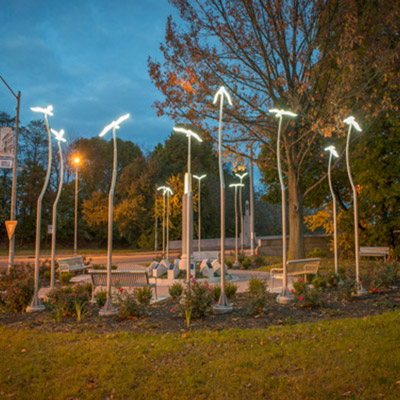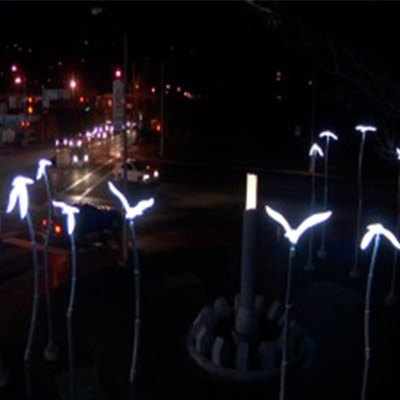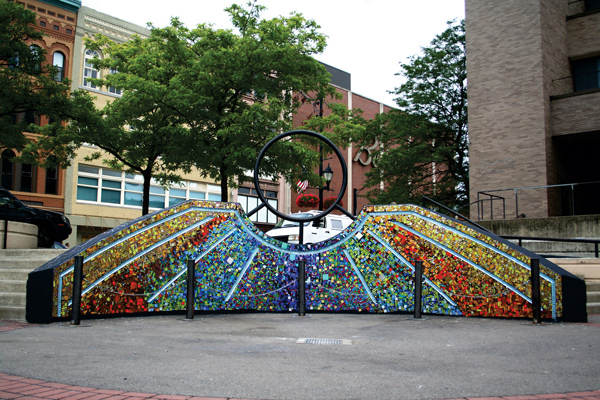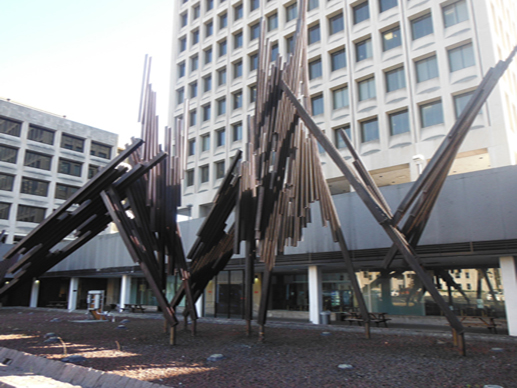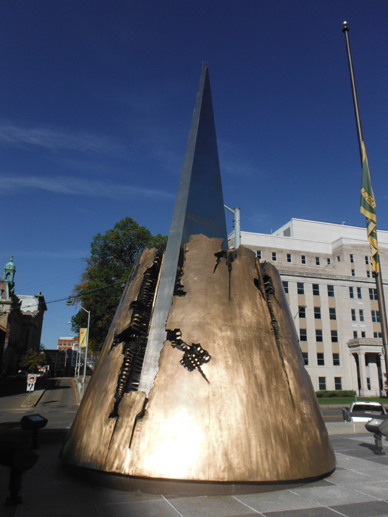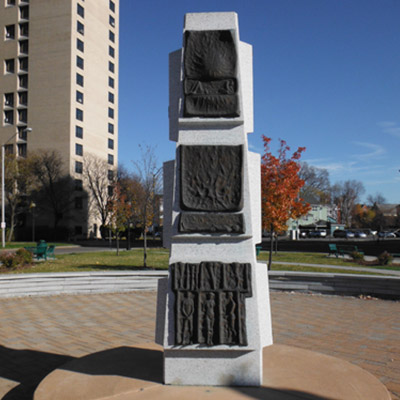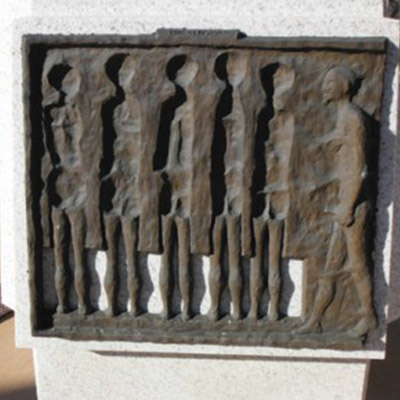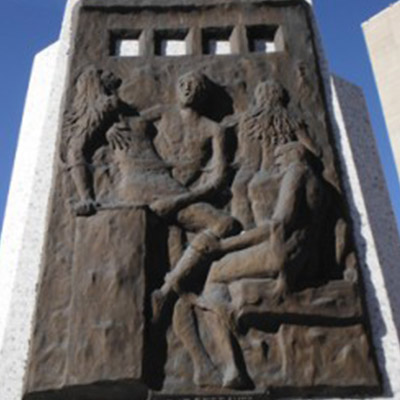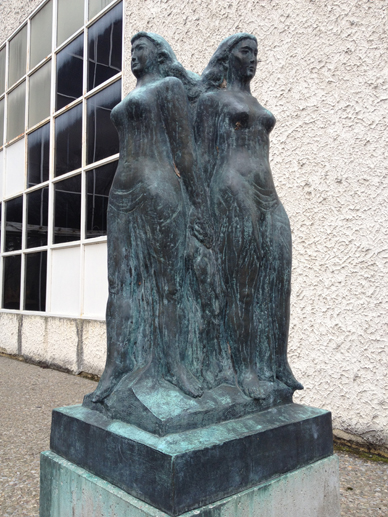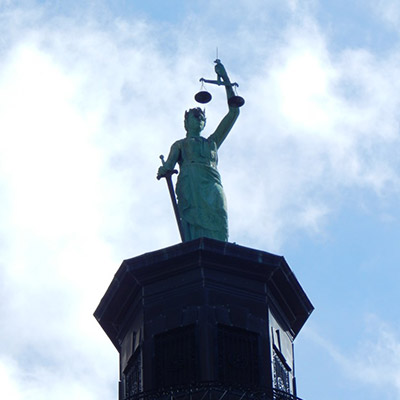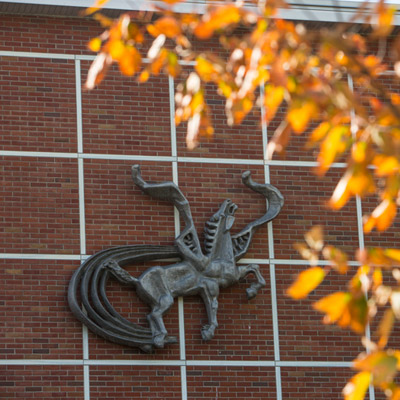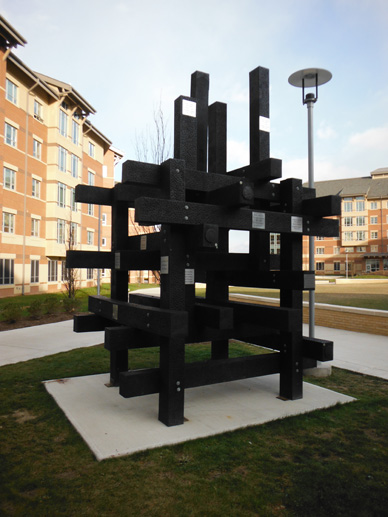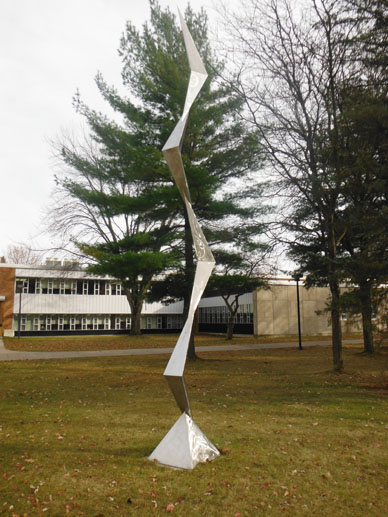Reviewed by Lee Shepherd
Jon Nakamatsu may be of small stature, but the concert pianist is a towering talent!
He wowed the nearly full-house crowd at the Anderson Center Saturday night with his performance of Sergei Rachmaninoff’s “Piano Concerto No. 3″in D minor” with the Binghamton Philharmonic. After three curtain calls to a standing ovation, he finally silenced the crowd with an encore, Chopin’s “Fantaisie-Impromptu,” played so softly and with infinite tenderness.
One can’t help but wonder why a world-class pianist such as Nakamatsu, the 1997 Van Cliburn Gold Medalist, would come to little old Binghamton – but the quality of the “back-up band” must have plenty to do with it. The concerto is a tour de force, a huge, wildly romantic piece with long, lyrical passages for every section of the orchestra, especially brass and woodwinds. The Philharmonic never faltered in its performance of this fiendishly difficult work.
This particular concerto is so difficult for pianists that even Rachmaninoff himself practiced it endlessly during a sea voyage, and he was the best pianst of his time or, perhaps, any time. Nakamatsu, certainly one of the finest pianists of our time, also ripped up the keyboard with his rendition. Recordings of Rachmaninoff playing his concerto include the easier of his two cadenzas. Nakamatsu chose the more difficult, an extended bravura section that showed off his absolute mastery of the instrument.
After 39 minutes of soaring lyrical melodies, evoking a rollercoaster of emotions, the huge rush to the finish of the third movement made this reviewer’s heart pound.
If that weren’t enough, the orchestra played another towering piece of the late Romantic period, Jean Sibelius’ “Symphony No. 2 in D.” A major figure in Finnish nationalism, Sibelius took simple three-note melodies or a motif of a falling drop of a fifth and built them into melodies and movements of heroic proportions. The symphony has come to express Finland’s triumph over Russian domination and the Finns’ yearning for liberty. Anguish, struggle, suspense, defiance – they’re all expressed in the work. Each movement tests the technical capacity of each section of the orchestra – and, again, the Philharmonic musicians passed with flying colors.
I can hardly wait to see what the Philharmonic plans for its next concert season, the eighth for conductor Jose-Luis Novo. This season, reaching heights of innovative programming and excellent performances, will be tough to beat.




